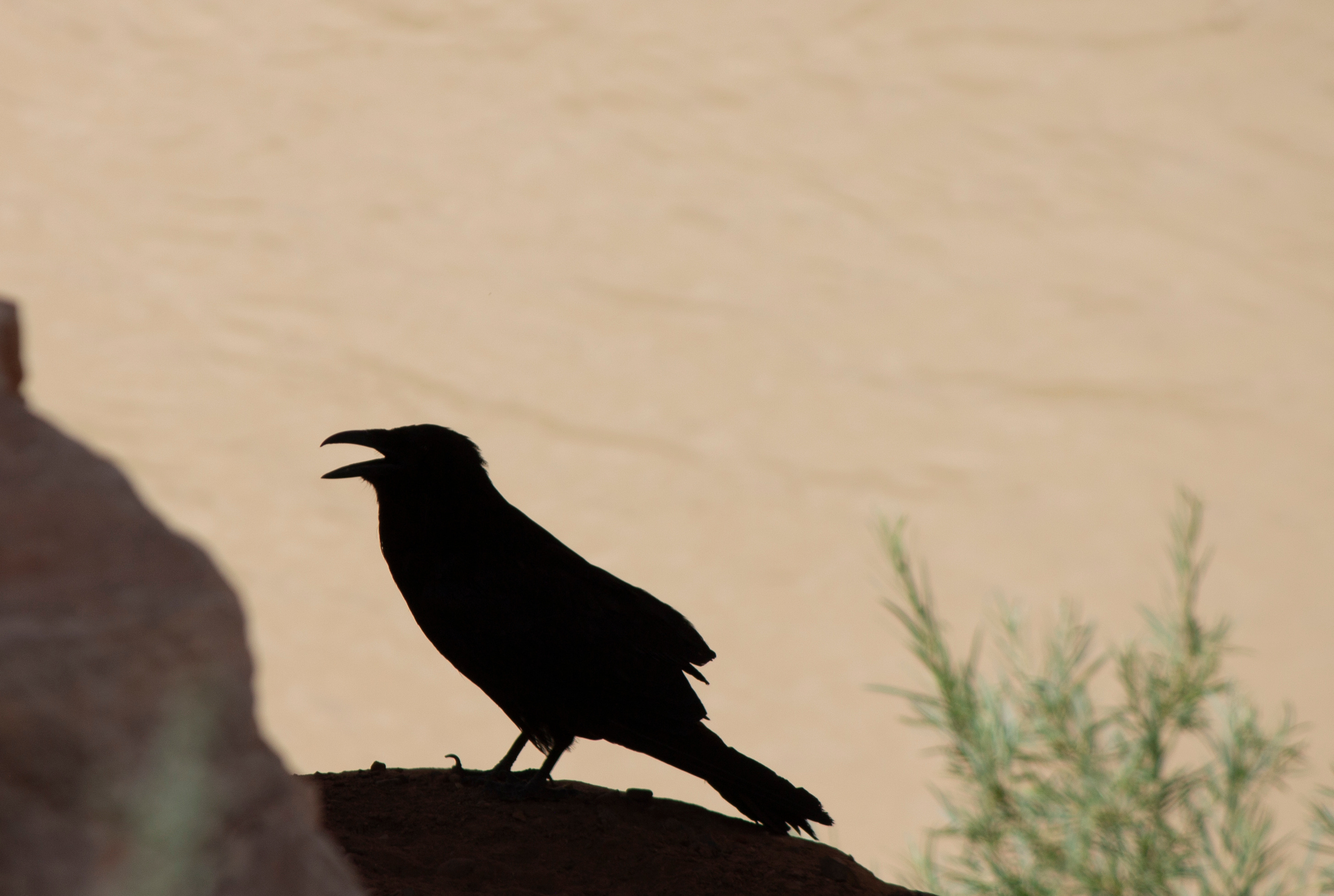A dusty journey on the San Juan
A runoff season longread
The following is an excerpt from Sagebrush Empire. I figured with the San Juan River at Bluff clocking out at 7,120 cfs, this was as good a time as any to run this piece.
“We’re geniuses!” bellowed Gabe, as we embarked on a rafting tour of the San Juan River in March …
Keep reading with a 7-day free trial
Subscribe to The Land Desk to keep reading this post and get 7 days of free access to the full post archives.


